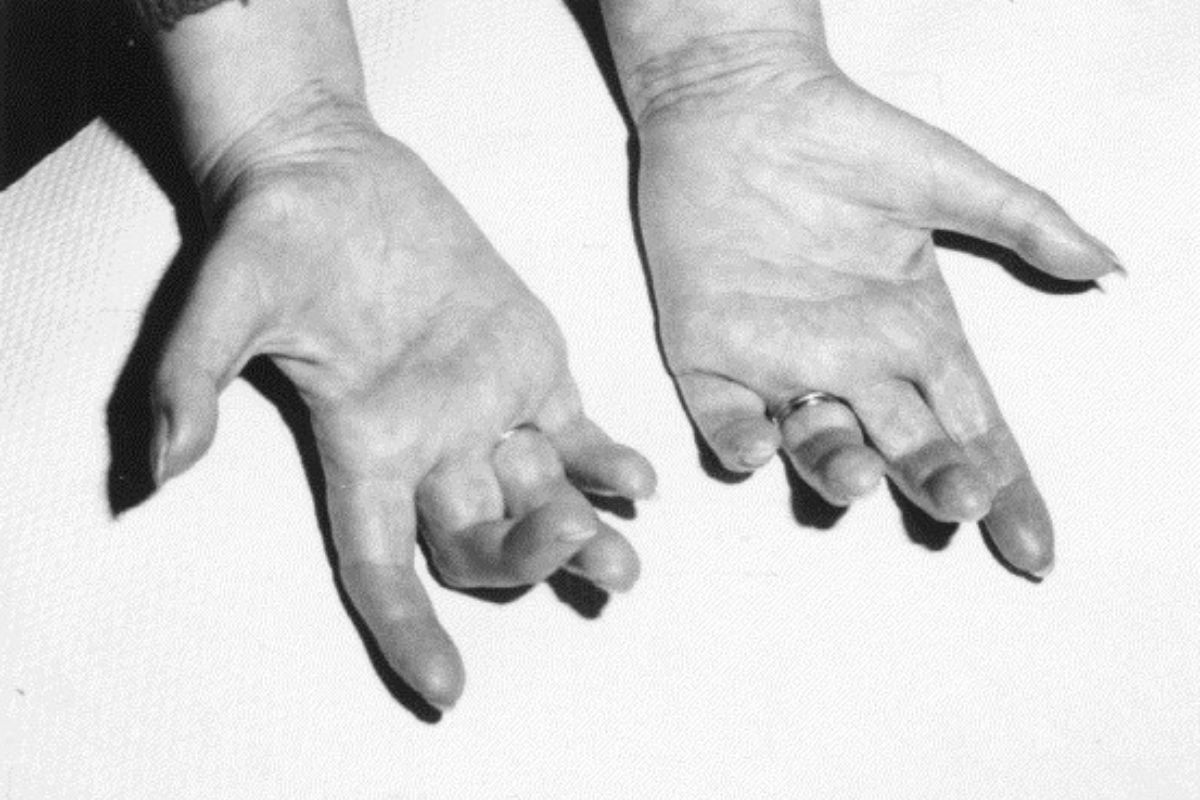
Roussy–Levy Hereditary Areflexic Dystasia might sound like a mouthful, but understanding it can be simpler than you think. This rare genetic disorder affects the nervous system, leading to muscle weakness, poor coordination, and absent reflexes. Inherited in an autosomal dominant pattern, it means just one copy of the altered gene can cause the condition. Symptoms often begin in childhood, gradually worsening over time. While there's no cure, treatments focus on managing symptoms and improving quality of life. Curious about more details? Here are 30 facts to help you get a clearer picture of this unique condition.
Key Takeaways:
- Roussy–Levy Hereditary Areflexic Dystasia is a rare genetic disorder causing muscle weakness and tremors. It is diagnosed through genetic testing and managed with therapies like physical and occupational therapy.
- Research and collaboration are crucial for understanding and potentially finding a cure for Roussy–Levy Hereditary Areflexic Dystasia. Support groups, adaptive devices, and balanced diet can help individuals lead fulfilling lives.
What is Roussy–Levy Hereditary Areflexic Dystasia?
Roussy–Levy Hereditary Areflexic Dystasia is a rare genetic disorder affecting the peripheral nerves. It is characterized by muscle weakness, tremors, and areflexia (absence of reflexes). Here are some intriguing facts about this condition.
-
Roussy–Levy syndrome is named after French neurologists Gustave Roussy and Gabrielle Levy, who first described it in 1926.
-
This disorder is a subtype of Charcot-Marie-Tooth disease, specifically type 1B.
-
The condition is inherited in an autosomal dominant pattern, meaning one copy of the altered gene in each cell is sufficient to cause the disorder.
Symptoms and Diagnosis
Understanding the symptoms and how Roussy–Levy Hereditary Areflexic Dystasia is diagnosed can help in managing the condition better.
-
Symptoms often begin in childhood or adolescence, typically between ages 5 and 15.
-
Muscle weakness usually starts in the lower legs and feet, leading to difficulty walking.
-
Hand tremors are another common symptom, which can affect fine motor skills.
-
Areflexia, or the absence of reflexes, is a hallmark of this condition.
-
High arches (pes cavus) and hammer toes are frequent foot deformities seen in patients.
-
Electromyography (EMG) and nerve conduction studies are used to diagnose the condition by measuring electrical activity in muscles.
-
Genetic testing can confirm the diagnosis by identifying mutations in the PMP22 gene.
Treatment and Management
While there is no cure for Roussy–Levy Hereditary Areflexic Dystasia, various treatments can help manage symptoms and improve quality of life.
-
Physical therapy is essential for maintaining muscle strength and flexibility.
-
Orthopedic devices like braces or custom shoes can help with mobility issues.
-
Occupational therapy can assist in improving hand function and daily activities.
-
Medications may be prescribed to manage pain and tremors.
-
Regular monitoring by a neurologist is crucial for managing the progression of the disease.
Genetic and Molecular Insights
Delving into the genetic and molecular aspects of Roussy–Levy Hereditary Areflexic Dystasia provides a deeper understanding of the condition.
-
The PMP22 gene, which is mutated in this disorder, plays a role in the production of myelin, the protective covering of nerves.
-
Myelin is essential for the proper functioning of the peripheral nervous system.
-
Mutations in the PMP22 gene lead to demyelination, which causes the symptoms of the disorder.
-
Researchers are exploring gene therapy as a potential treatment for genetic disorders like Roussy–Levy syndrome.
-
Animal models, such as mice, are used in research to study the effects of PMP22 mutations and test new therapies.
Living with Roussy–Levy Hereditary Areflexic Dystasia
Living with this condition presents unique challenges, but with the right support and resources, individuals can lead fulfilling lives.
-
Support groups and online communities can provide emotional support and practical advice.
-
Adaptive devices, such as voice-activated technology, can assist with daily tasks.
-
Regular exercise, tailored to individual abilities, can help maintain overall health.
-
A balanced diet rich in nutrients supports muscle and nerve function.
-
Mental health support is crucial, as living with a chronic condition can be emotionally taxing.
Research and Future Directions
Ongoing research is vital for understanding and potentially finding a cure for Roussy–Levy Hereditary Areflexic Dystasia.
-
Clinical trials are being conducted to test new treatments and therapies.
-
Advances in genetic research may lead to more precise diagnostic tools.
-
Collaboration between researchers, clinicians, and patients is essential for progress.
-
Increased awareness and funding can accelerate research efforts.
-
Future therapies may include personalized medicine approaches based on individual genetic profiles.
Final Thoughts on Roussy–Levy Hereditary Areflexic Dystasia
Roussy–Levy Hereditary Areflexic Dystasia, a rare genetic disorder, impacts muscle coordination and reflexes. Understanding its symptoms, causes, and treatments helps those affected manage their condition better. Genetic mutations in the PMP22 gene lead to this disorder, causing muscle weakness, tremors, and areflexia. Early diagnosis and intervention can improve quality of life. Physical therapy, occupational therapy, and sometimes medications are key in managing symptoms. Support from family, friends, and healthcare professionals is crucial. Awareness and research are essential for developing better treatments and possibly a cure. By staying informed and proactive, individuals with Roussy–Levy Hereditary Areflexic Dystasia can lead fulfilling lives.
Frequently Asked Questions
Was this page helpful?
Our commitment to delivering trustworthy and engaging content is at the heart of what we do. Each fact on our site is contributed by real users like you, bringing a wealth of diverse insights and information. To ensure the highest standards of accuracy and reliability, our dedicated editors meticulously review each submission. This process guarantees that the facts we share are not only fascinating but also credible. Trust in our commitment to quality and authenticity as you explore and learn with us.
